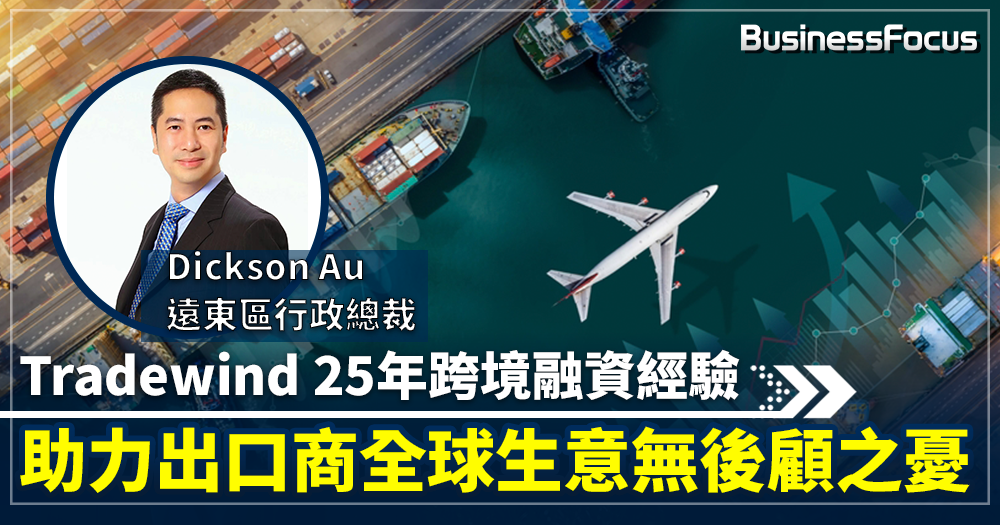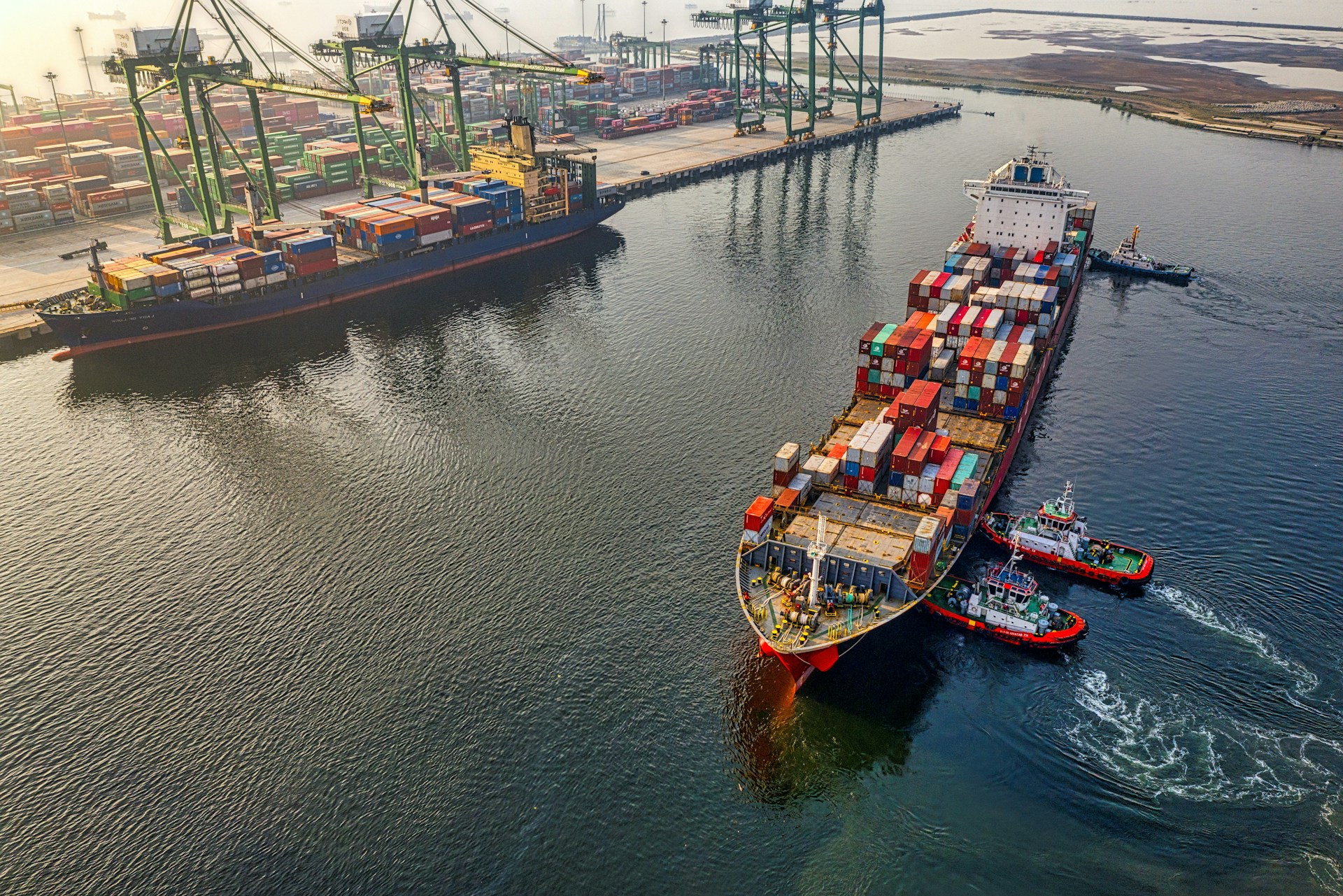From leveraging the power of AI to adopting sustainable practices, industries across the globe are evolving to meet the demands of a rapidly changing world. In the landscape of global trade, the finance sector is experiencing a paradigm shift driven by technological advancements, geopolitical developments, regulatory changes, as well as changing consumer demands.
New trends in global trade finance are emerging as businesses are aiming to adapt to these new-age conditions. They are redefining the way transactions are made, risks are managed, and opportunities are seized. Altering business strategies based on the latest global trade trends is the best way forward for organizations aspiring to align their goals with market realities.
Being familiar with the trends can also help businesses identify new markets and expansion opportunities. In this blog, we will explore some of the key trends in international trade finance that are sure to have a significant influence in the coming decades.
Top 8 Trends In International Trade Finance
- Digitalization Of Documents:
The digitization of trade documents is gaining momentum, replacing traditional paper-based processes with electronic alternatives. Digital platforms for letters of credit, bills of lading, and other essential trade documents are becoming increasingly popular.
This not only accelerates the documentation process but also reduces the risk of errors and enhances accessibility. The shift towards digital documentation not only improves efficiency but also aligns with the broader push towards sustainable business practices.
- Invoice Discounting Solutions:
Invoice discounting, also known as invoice financing or receivables financing, is a financial arrangement where a business sells its accounts receivable (invoices) to a third party, often a specialized financial institution, at a discount.
This amount depends on the creditworthiness of the business and its customers. The remaining portion of the invoice value, minus any interest or fees incurred, is paid to the business once the customer settles the invoice. With invoice discounting, a business accepts a slight loss due to the discount, but the arrangement is still worth it for them for the influx of immediate cash.
- Supply Chain Finance:
As supply chains become more complex and interconnected, supply chain finance is emerging as a vital component of global trade finance. This approach involves optimizing cash flow by providing financing options to suppliers and buyers at different stages of the supply chain.
Supply chain finance helps improve the financial health of businesses by unlocking liquidity, reducing working capital gaps, and enhancing collaboration between trading partners. This trend is particularly crucial in times of economic uncertainty, allowing businesses to maintain resilient supply chains.
- Artificial Intelligence & Machine Learning:
The integration of artificial intelligence (AI) and machine learning (ML) is transforming risk management in trade finance. These technologies analyze vast amounts of data to identify patterns, assess credit risks, and predict potential disruptions.
AI and ML models provide more accurate risk assessments, enabling financial institutions to make informed decisions and mitigate potential losses. This proactive approach to risk management enhances the stability and sustainability of global trade finance.
- Geopolitical Changes:
The geopolitical landscape plays a significant role in shaping global trade finance trends. Ongoing trade tensions, changes in trade policies, and geopolitical shifts can impact the flow of goods and the terms of trade agreements.
Businesses must stay agile and adapt their trade finance strategies to navigate uncertainties arising from geopolitical developments. The ability to anticipate and respond to these shifts is crucial for maintaining resilient trade finance operations.
- Environmental, Social, and Governance (ESG) Considerations:
Sustainable and responsible business practices are gaining prominence in global trade finance. Investors, consumers, and regulators are increasingly focused on ESG considerations, pushing businesses to incorporate these factors into their operations.
Trade finance is no exception, with a growing emphasis on financing projects and transactions that align with environmental and social goals. This trend not only reflects a broader commitment to sustainability but also opens up new opportunities for businesses to access ESG-focused funding.
- Blockchain In Trade Finance:
One of the most groundbreaking developments in recent years is the integration of blockchain technology into trade finance processes. Blockchain offers a decentralized and secure ledger that enhances transparency, reduces fraud, and streamlines documentation processes.
Smart contracts, powered by blockchain, enable automated and self-executing agreements, minimizing the need for intermediaries and speeding up transaction times. As more businesses and financial institutions embrace blockchain, the traditional barriers in trade finance are breaking down, leading to more efficient and cost-effective cross-border transactions.
- Non-bank Financing Solutions:
Traditional banks are not the only providers of financial aid in the global trade finance arena. Non-bank solutions, including fintech firms and trade finance providers, are gaining popularity.
These entities leverage technology to provide faster, more flexible financing options, reducing the reliance on traditional banking structures. The rise of non-bank financing introduces healthy competition and encourages innovation in the trade finance sector.
The trends outlined above indicate a transformative phase in global trade finance. As businesses embrace these trends, they position themselves to thrive in an environment where adaptability and innovation are key to success. Leveraging emerging trends can help businesses not just sail through the changes, but also take advantage of them.
Tradewind Finance – A Leading Invoice Finance Provider
If you are in search of expert post-shipment financing or invoice discounting solutions, then Tradewind Finance is the answer you may be looking for. We specialize in cross-border transactions globally for sales made on open accounts, letters of credit, and documentary collections payment terms. Using purchase order funding, inventory lending, letters of credit, and structured guarantees, our financing helps align the needs of both buyers and sellers. Our solutions are offered in multiple currencies, eliminating the risks of currency exchange.
We solve short-term cash flow issues by purchasing your company’s accounts receivable in exchange for an advance of up to 95% of the total invoice value. Then, we collect the full amount from your client upon invoice maturity. Once the invoice is paid in full, we send you the remaining balance. In addition to factoring your export accounts receivable, we can also finance your full supply chain.



